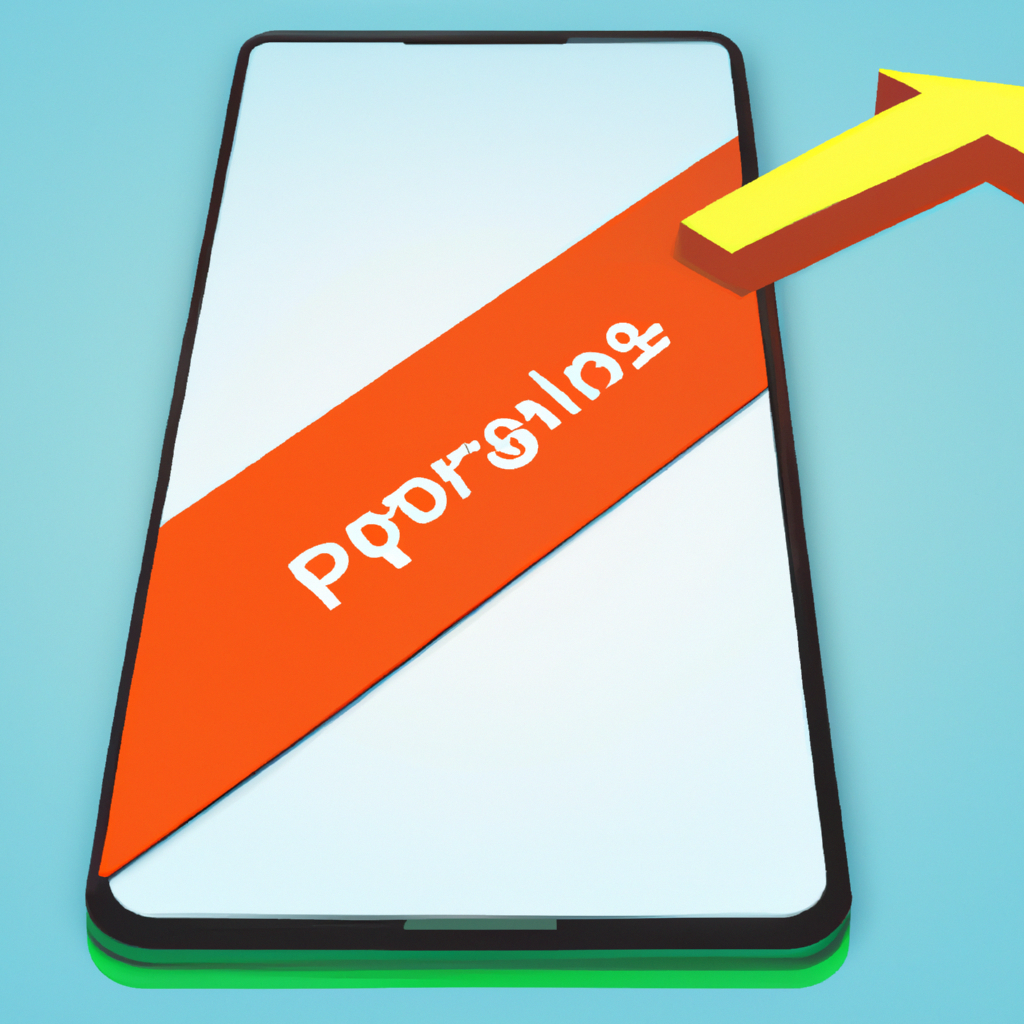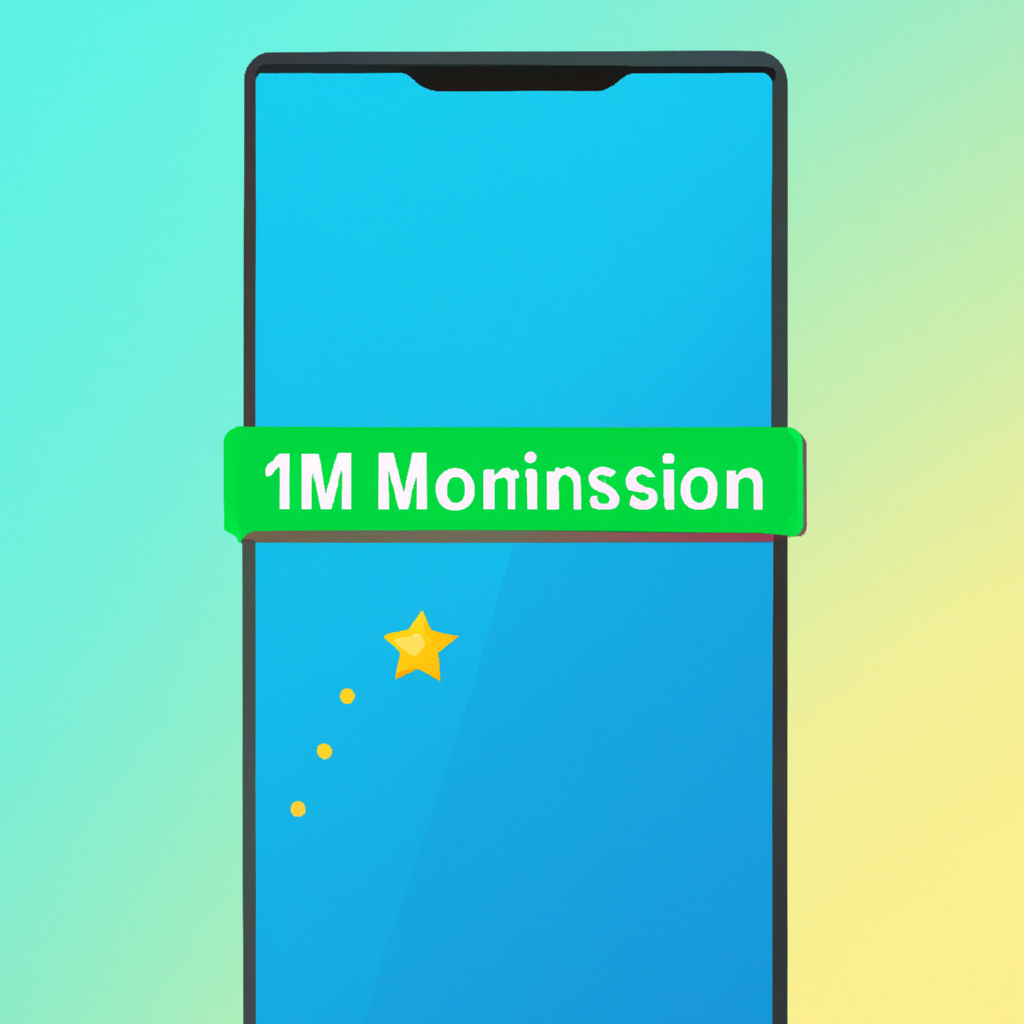Have you ever wondered how much money an app can make with 1 million downloads? Well, in this article, we will explore the fascinating world of app monetization and find out just how profitable a high download count can be. From the lucrative realm of in-app purchases to the potential goldmine of ad revenue, we will break down the various ways app developers can stack up the cash and turn those millions of downloads into a hefty paycheck. So, if you’re curious about the financial side of the app world, buckle up and get ready to uncover the secrets of app monetization.

Factors Affecting App Earnings
When it comes to the financial success of an app, there are several factors that can significantly impact its earnings. Understanding these factors and how they relate to your app can help you optimize your revenue potential. In this article, we will explore the key elements that influence app earnings and provide insights on how to maximize your app’s profitability.
User Engagement
User engagement plays a vital role in determining the success and earnings of an app. The more engaged your users are, the more likely they are to make in-app purchases or generate revenue through advertisements. There are several metrics that can help measure user engagement:
Active Users
The number of active users directly correlates with the potential earnings of your app. Active users are individuals who regularly use your app within a specific time frame, typically measured on a daily, weekly, or monthly basis. The larger your active user base, the greater the potential for generating revenue.
Retention Rate
Retention rate refers to the percentage of users who continue to use your app over a specific period of time, typically measured over 30 days or 90 days. A high retention rate indicates that users find value in your app and are more likely to engage with monetization opportunities.
Average Session Duration
The average session duration measures the length of time users spend on your app during a single session. Longer session durations indicate higher user engagement and a higher likelihood of generating revenue through in-app purchases or advertisements.
User Reviews and Ratings
User reviews and ratings not only contribute to app store rankings but also influence user trust and engagement. Positive reviews and high ratings can attract more users and increase the likelihood of monetization opportunities.
Monetization Strategy
Choosing the right monetization strategy is crucial for maximizing app earnings. Depending on your app’s nature and target audience, you can employ various monetization models:
Freemium Model
The freemium model offers a basic version of the app for free, with the option to upgrade to a premium version with additional features or remove ads through in-app purchases. This model allows you to attract a larger user base while generating revenue from users who opt for the premium version.
Paid Apps
Charging an upfront fee for your app can be an effective monetization strategy if you offer a unique or specialized product. However, it’s important to carefully consider the market demand and competition for paid apps, as users are often hesitant to pay for apps that have free alternatives.
In-App Purchases
In-app purchases are a popular revenue generation method, especially in gaming apps. By offering virtual goods, additional levels, or premium content for purchase within the app, you can incentivize users to spend money and enhance their app experience.
Subscriptions
Subscriptions are a recurring revenue stream that allows users to access specific content or features for a predetermined period. This model works well for apps that offer ongoing value or premium services and can lead to consistent revenue over time.
Ad-Supported Model
The ad-supported model involves displaying advertisements within your app. You can earn revenue through various ad formats, such as banner ads, interstitial ads, or video ads. Ad-supported apps can be profitable if you have a large user base and can attract advertisers willing to pay for ad space.

App Category
The category of your app can significantly impact its earnings potential. Different app categories attract unique user demographics and behaviors, influencing their willingness to spend money on in-app purchases or engage with advertisements. Let’s explore some common app categories and their earnings potential:
Gaming Apps
Gaming apps have a vast user base and offer numerous opportunities for monetization, including in-app purchases, rewarded ads, and sponsorships. However, competition in the gaming industry is intense, and success often relies on creating a highly engaging and addictive gaming experience.
Social Networking Apps
While social networking apps may not directly generate revenue through typical monetization methods, they can leverage user data and engagement to attract advertisers. By partnering with brands or implementing sponsored posts, social networking apps can earn substantial revenue.
eCommerce Apps
eCommerce apps have the potential to generate significant earnings through direct sales, commissions, or affiliate marketing. Leveraging user data and personalized recommendations can further enhance revenue by promoting targeted products or services.
Productivity Apps
Although productivity apps may have a smaller user base compared to gaming or social networking apps, they can still generate revenue by offering premium features or charging a subscription fee. Targeting professionals or businesses who rely on productivity tools can increase the profitability of these apps.
Entertainment Apps
Entertainment apps encompass various media consumption platforms, such as streaming services, music apps, or audiovisual content providers. Monetization in this category often revolves around subscription-based models or ad-supported content.
Location and Target Market
The location and target market of your app can significantly impact its earnings potential. Understanding the demographics, purchasing power, and cultural nuances of your target market is crucial for optimizing revenue:
Global Market vs. Local Market
Your app’s potential earnings can vary depending on whether you target a global audience or a more localized market. While a global market offers access to a larger user base, local markets may provide higher conversion rates and greater demand for localized content or products.
Purchasing Power of Target Market
Consider the purchasing power of your target market. Earnings may differ depending on the average disposable income and willingness to spend money on mobile apps and in-app purchases. Conduct market research to evaluate the economic landscape of your target market.
Average Revenue per User
The average revenue per user (ARPU) is an important metric to consider when analyzing your app’s earnings potential. ARPU represents the average amount of money each user generates for your app. Higher ARPU indicates that users are more willing to spend money on your app, leading to increased earnings.
In-App Purchases and Subscription
In-app purchases and subscriptions offer lucrative opportunities for revenue generation. Maximizing their potential involves careful consideration of various factors:
App Currency and Pricing
Choose the right app currency and pricing strategy to encourage in-app purchases. Strike a balance between affordability and perceived value to entice users to spend money within your app.
Percentage of Users Making Purchases
Monitor the percentage of users who make in-app purchases. Understanding the purchasing behavior of your user base can help you optimize your app’s monetization strategies and identify potential areas for improvement.
Subscription Pricing Tiers
If your app offers subscriptions, consider providing different pricing tiers to cater to various user segments. Offering additional benefits or exclusive content at higher price points can increase the chances of users upgrading to premium subscriptions.
Subscription Duration
Evaluate the optimal subscription duration for your app. Monthly, quarterly, or yearly subscriptions offer different benefits and revenue streams. Experimenting with various durations can help you identify the most effective subscription model for your app.
Advertisement Revenue
Advertisement revenue is a common monetization method for free apps. Maximizing ad revenue involves understanding different aspects of advertising:
Types of Ads
Different types of ads, such as banner ads, interstitial ads, or video ads, can generate varying levels of revenue. Experiment with different ad formats to find the right balance between user experience and ad effectiveness.
Ad Formats
Choose ad formats that align with your app’s design and user experience. Seamless integration of ads can lead to higher engagement and conversion rates, thus increasing overall revenue.
Ad Placement
Strategically place ads within your app to maximize their visibility and effectiveness. Consider user behavior and app design to determine optimal ad placements that do not disrupt the user experience.
Ad Impressions and Click-Through Rates (CTR)
Monitor ad impressions and click-through rates to assess the effectiveness of your ad placements. Higher CTRs indicate that users are more likely to engage with the ads, potentially leading to increased revenue.
Effective Revenue per Thousand Impressions (eCPM)
eCPM represents the average earnings per thousand ad impressions. Understanding your app’s eCPM can help you optimize ad placements and formats to maximize your ad revenue potential.
Data and User Privacy
Safeguarding user data and privacy is crucial for building trust and maintaining a loyal user base. Consider the following aspects related to data and user privacy:
Data Collection and Usage
Be transparent about the data you collect and how it is used. Ensure that you comply with privacy regulations and prioritize user consent when collecting and utilizing user data.
Potential Privacy Concerns
Identify potential privacy concerns and address them proactively. Protect user data from unauthorized access and communicate your commitment to privacy and data security to assure users of their information’s safety.
User Consent and Opt-Out Options
Provide clear options for users to give their consent for data collection and usage. Additionally, offer convenient ways for users to opt-out of data collection or adjust their privacy settings. Respecting user preferences builds trust and loyalty.
Estimated Earnings
While it is challenging to provide an exact estimate of an app’s earnings, understanding varied revenue streams and industry benchmarks can offer valuable insights:
Varied Revenue Streams
Explore multiple revenue streams to diversify your earnings. Combining in-app purchases, subscriptions, and advertisements can provide stability and potentially increase overall revenue.
Average App Earnings
Industry benchmarks can provide a rough estimate of average app earnings. However, keep in mind that individual app performance can vary based on factors such as user engagement, category, and monetization strategies.
Success Stories and Exceptions
There are apps that have achieved immense success and generated substantial earnings. Studying success stories and exceptional cases can inspire ideas and strategies for maximizing your app’s earning potential.
Conclusion
In conclusion, numerous factors can impact the earnings of your app. Understanding and optimizing user engagement, choosing the right monetization strategy, considering the app category, analyzing the target market, maximizing in-app purchases and subscription models, effectively utilizing advertisement revenue, and respecting user privacy are all crucial aspects of a successful app. By carefully considering these factors and implementing appropriate strategies, you can increase your app’s earnings and maximize its profitability.
